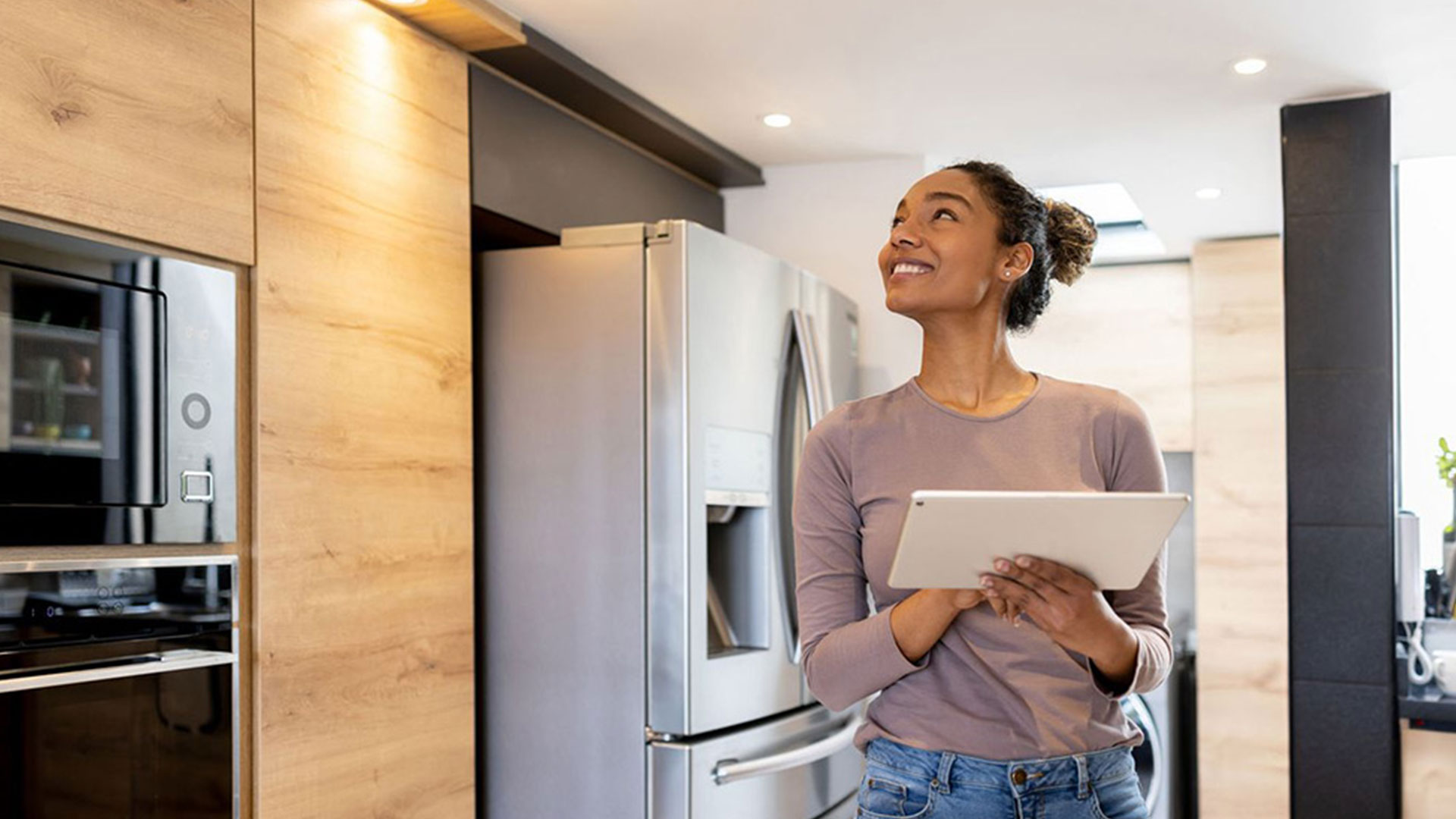
Myths on Home Automation
Warm Minimalism: Minimalism emphasizes on decluttering of spaces. Clutter-free and simplified living spaces never go out of style; they only get better and better. One of the most poised interior trends of 2024 is warm minimalism.The colour palette is typically neutral with a focus on warm tones. It perfectly balances simplicity, functionality, comfort, and style.
Biophilic design: Minimalism emphasizes on decluttering of spaces. Clutter-free and simplified living spaces never go out of style; they only get better and better. One of the most poised interior trends of 2024 is warm minimalism.The colour palette is typically neutral with a focus on warm tones. It perfectly balances simplicity, functionality, comfort, and style.
Myths on Home Automation
As home automation technology becomes more prevalent, there can be misconceptions or myths surrounding its capabilities and implications. Here are some common myths on home automation:
Home Automation is Expensive: While certain advanced home automation systems can be costly, there are also affordable options for basic automation needs. Many individual smart devices, like smart plugs or smart bulbs, are budget-friendly and can be a good starting point for those on a tighter budget.
Home Automation is Complicated to Install and Use: The installation of many smart devices is often straightforward, and manufacturers design them to be user-friendly. Many devices can be set up with simple plug-and-play mechanisms, and mobile apps provide intuitive interfaces for control.
Home Automation is Only for New Homes: Home automation can be integrated into both new and existing homes. Wireless technologies make it feasible to retrofit automation solutions into older homes without major renovations.
Smart Homes are Prone to Hacking: While any connected device has some level of security risk, reputable manufacturers implement security measures to protect smart home devices. Users can enhance security by regularly updating device firmware, using strong passwords, and securing their home networks.
Smart Homes Are Only for the Younger Generation: Smart home technology is designed for people of all ages. Many features, such as voice control and remote monitoring, can be particularly beneficial for older individuals or those with mobility challenges.
It’s essential for consumers to research and understand the capabilities and limitations of home automation to make informed decisions based on their needs and preferences.
Myths on Home Automation
When the availability of space is limited, space saver or multifunctional furniture becomes utmost important. These are innovative pieces of furniture which provide clever storage solution and helps to optimize the space. Here are some examples:
Foldable Tables and Chairs: Dining tables and chairs that can be folded away when not in use are great for saving space. Table can be wall-mounted or it could be extendable as per requirement.
Nesting Tables: Nesting tables are smaller tables that can be stacked together when not in use. They offer flexibility in terms of surface space while occupying minimal floor space.
Murphy Beds (Wall Beds): Murphy beds are beds that can be folded up into a wall or cabinet when not in use. This allows a room to serve a dual purpose, such as a bedroom at night and a living room during the day.
Sofa Beds: Sofas that can be converted into beds provide a dual function, making them ideal for guest rooms or studio apartments where space is limited.
Wall-Mounted Desks and Shelves: Installing desks, shelves, and storage units directly onto walls can free up valuable floor space and create a more open feel in a room.


